Headshaking can be an extremely serious and frustrating condition for your horse, you and your veterinarian alike. Until recently Headshaking was often referred to by vets as ‘Idiopathic Headshaking’ meaning, quite simply, that they didn’t know what was causing it – which only adds to the sense of frustration in managing a horse with this condition. Now we do have a better understanding, but it seems science and research are no closer to a cure, so we need to understand the causes so we can help manage the condition.
Involvement of the Trigeminal nerve, which both runs across and controls the sensation of touch to the face, has long been suspected. Research at UC Davis University in California now confirms its involvement, such that we now refer to the condition as Trigeminal Mediated Headshaking. The equine condition appears to be very similar to an extremely painful condition in people, Trigeminal Neuralgia. As with people, in affected horses the nerve is hypersensitive meaning that a simple touch to the face, such as drop of rain landing, may cause extreme pain. Indeed it’s a common issue with headshakers to find the face, and particularly around the muzzle, very sensitive to touch. Many headshakers experience seasonal changes in severity, with spring to autumn usually the worst time, depending on the individual trigger for that horse. Triggers vary, though bright sunlight is a common one, actually leading to a sub-group of the Headshakers known as ‘Photic Headshaking’. Other triggers include dappled light (i.e. through woods), flies, wind and, rarely, rain.
As the name suggests, affected horses will shake their heads – often violently, and most usually in a vertical flip, rather than randomly in all directions. Other common signs include rubbing their nose along the ground, ‘insect up nose’ behaviour, snorting and respiratory signs, staring into space and anxiety. Few horses will exhibit all of these behaviours, though the two that are commonly indicative are the vertical flipping and anxiety. In our experience, due to the pain of the condition, affected horses will always be upset and anxious compared to their normal (out of season) behaviour.
For most horses signs tend to be worse when ridden compared to at rest, and in some horses are so violently affected that they become dangerous to ride or even to handle.
As yet a cure has not been found, and veterinary interventions have variable responses with none being found to be successful across the board. Therefore owners of Headshaking horses need to look at management of the affected horse.
It’s important to know what the key trigger is for your horse, as the first thing to try to do is to eliminate that trigger. For many, and particularly the Photic Headshakers, trying to limit exposure to sunlight is very important. That may mean stabling during the day and, or, use of a UV blocking face mask when turned out and riding. Nose nets are also helpful for many individuals. When trying any mask, introduce it gradually to allow them to get used to it and monitor their response as it won’t suit all. For some, they are so sensitive to any touch on the face, that masks further irritate their condition rather than help. So do watch and see what your horse is telling you.
As your horse is likely to be more anxious, try to keep their routine as quiet and calm as possible. Riding very early, or very late, often also helps. For most of us, our stables and training yards are quieter at either end of the day, and the key triggers of bright sunlight and flies are also likely to be less severe, making it an ideal time of day to exercise a Headshaker.
Targeted nutritional support is also recommended for Headshakers. The Trigeminal nerve in affected horses is found to have a much lower activation threshold if key nutrients are administered to the diet, as they work on nerve endings to increase the activation threshold so reducing the overreaction of the nerve. Natural nutritional support to maintain comfort may also be indicated, as pain is such a key element of this distressing condition. Finally additions to the diet that can help the body flush out the damaging free radical toxins associated with pain, inflammation and the histamine release response are recommended as a result of exposure to the trigger allergen.
For the typically seasonally affected Headshaker, it would be advised to introduce the targeted nutritional complex prior to the onset of signs, as maintenance of a calm, healthy horse is always the best approach.
In conclusion we can see that Trigeminal Mediated Headshaking in horses is a complex and frustrating condition which can be a real welfare issue in severely affected individuals. However, for many, with advice from your vet and by careful management of their routine, work and diet, we can help them to stay calm and comfortable all year round.
NAF © 2024 | NAF is a trading name of Greencoat Limited, registered in England & Wales. Greencoat Ltd - Registered address: Weston Centre, 10 Grosvenor Street, London, W1K 4QY. Registered Number: 1560 108. Registered in England & Wales.Number: 1560108 VAT Registration Number: 378 9295 80